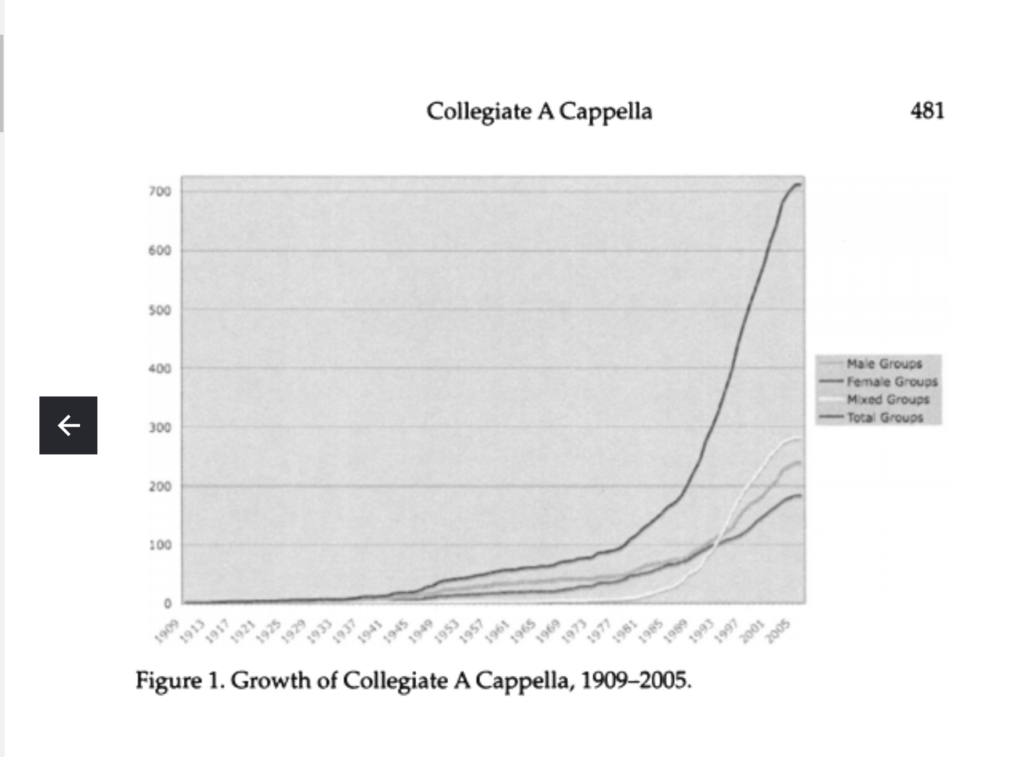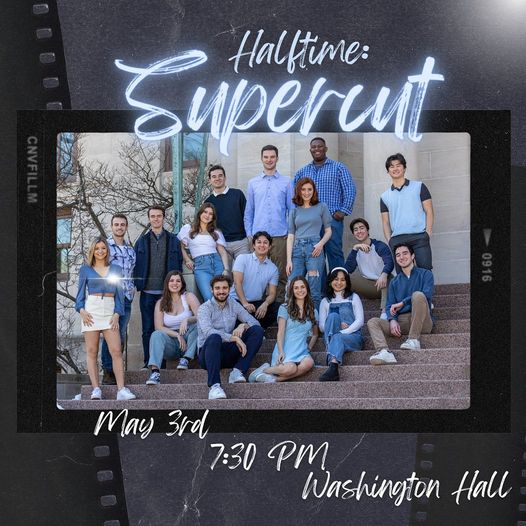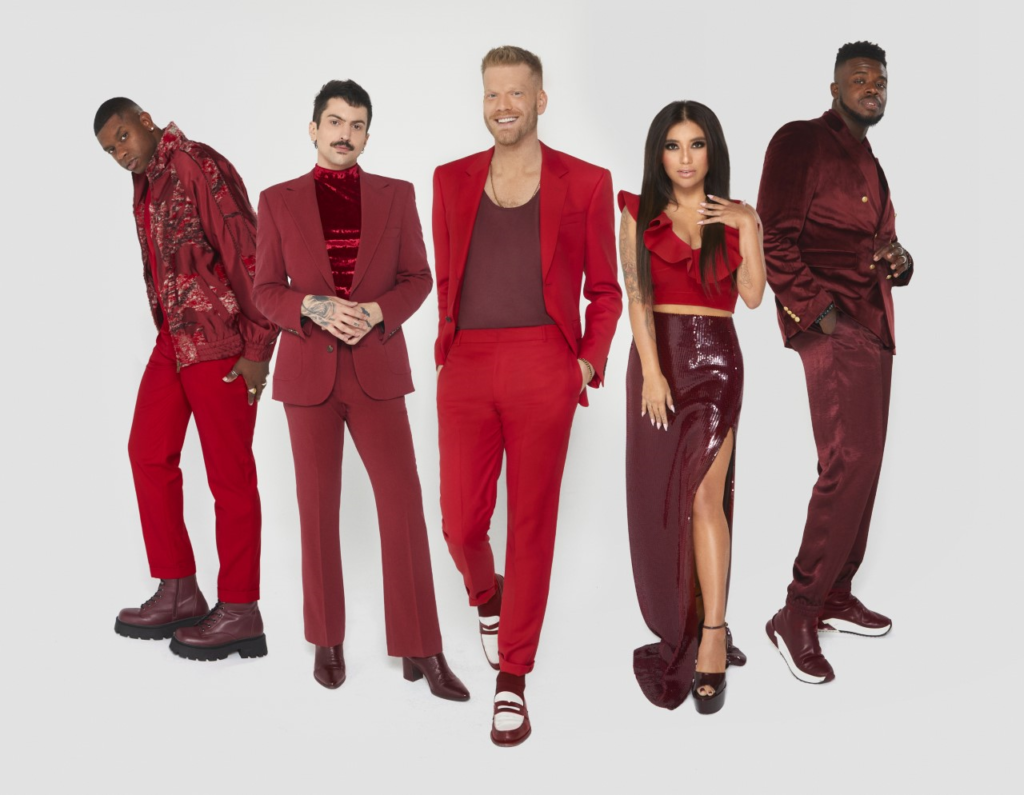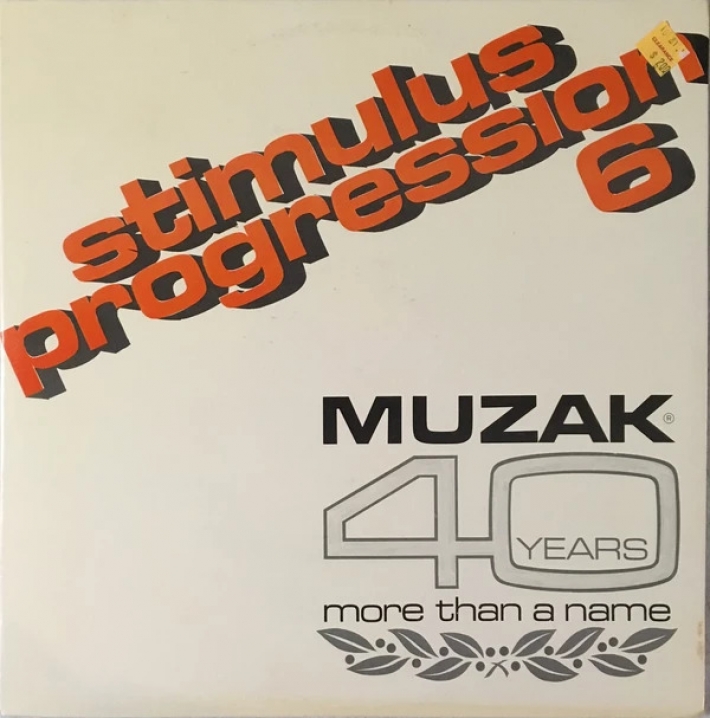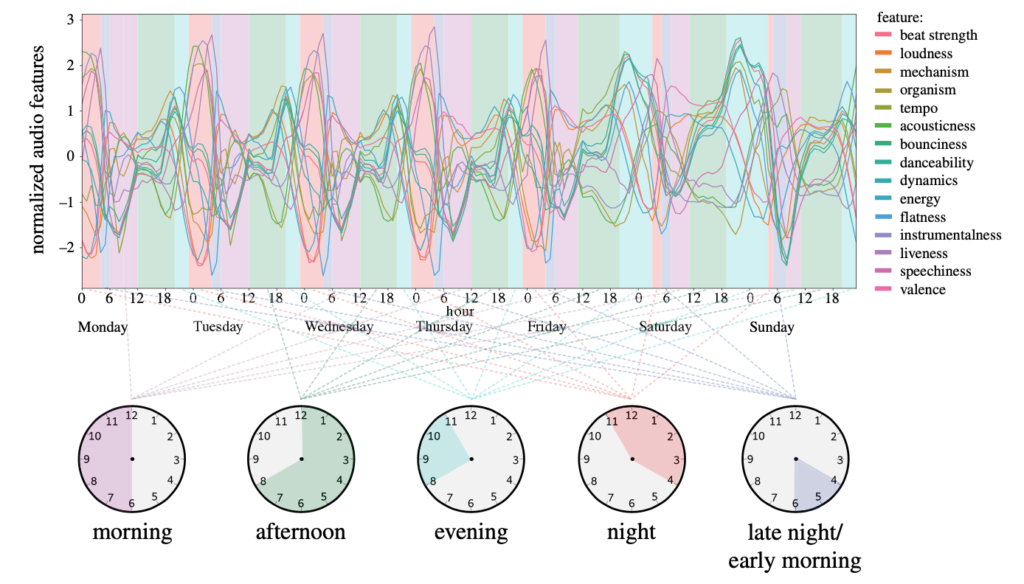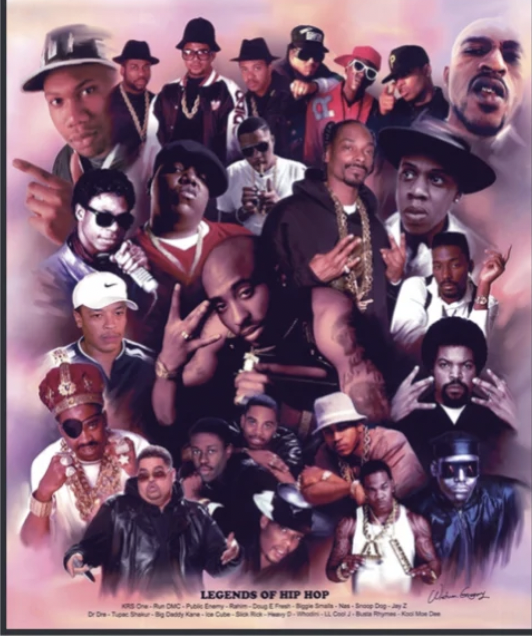Some people really dislike country music
by Jake Kavanaugh
When asked, “What’s your favorite kind of music?” the typical answer from today’s Generation Z is “Oh, I’ll listen to anything but country.” This answer conveys the contested reputation that country music has endured since the pre-war era. Is this reputation because of the music itself? Or is there a deeper issue that plagues this genre before one even indulges?
An answer to why country music is so disputed is the political headlock that the genre endures. Listen to Ted Cruz’s quote following 9/11:
“My music taste changed on 9/11. I actually intellectually find this very curious, but on 9/11, I didn’t like how rock music responded, and country music collectively, the way they responded, it resonated with me, and I have to say just at a gut level, I had an emotional reaction that said these are my people.”

Did Cruz mean my country? Or is he adamant on the distinction between “my people” and those who oppose? These questions reveal the dynamic between politics and country. Songs such as “The Taliban Song” by Toby Keith and “Have You Forgotten” by Darryl Worley are two odes that came out after the tragedy. However, these artists weren’t forced to write these songs, they were simply proud to do so. This dispels any recent politicization of country music, as President Nixon already claimed, “love of country and love of country were one and the same,” expressing that country and politics are intertwined (hence the name). An example is the Republicans 1970s “Southern Strategy,” which sympathized with conservative white southerners. Regarding popular culture, no other music genre abided by this campaign like country music did. The individualism of a true country boy, burdened by crime from outsiders who exploited hard-working Americans, was depicted through country music, and it is foundational examples such as these that underscore the stigma today.
“Southern exceptionalism” is another example of country music straddling the fine line between actual music and political rhetoric. This term establishes the belief that the American South developed separately from the rest of America. This idea has been contested in country music studies for decades, and as a result, has materialized today as the “southern thesis,” which states that country music is intrinsically southern, arising from traditional folk music in the rural South. Regardless, experts within the field still aren’t convinced with country’s southern alliance. The reason for this is its national appeal, as its audience has traversed beyond the Mason-Dixon Line as a result of rigorous postwar transformations and the mass culture that followed. According to mid-70s authors Richard A. Peterson and Russell J. Davis, the audience has transformed, as most country music fans “have never lived in the crescent-shaped homeland of country music.”
So, if country music’s audience goes beyond the South, what exactly is the problem? Is it the repetitive nature? Overused, sometimes even forced southern twang? Not exactly. Instead, this answer goes much deeper. A potential answer again comes from Nixon, who claims that country music “radiates a love of this nation, a patriotism.” This claim raises the stakes for country and defies what some might feel about America as of late. America stands for the love of guns, oil, and strong nationalism. All are highly debated undertakings in American politics and, of course, central topics in country music.
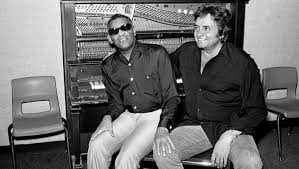
In light of these divisive issues involving country music, it’s critical to understand that the genre today isn’t all just black and white. We should take note of the artists who inspired the genre’s early growth while opening the door to its later hybridization. These individuals are black musicians, and their contribution to country music is much deeper than country fans might know. One of the most popular country songs of all time, “Will The Circle Be Unbroken?” began as an African American gospel. Additionally, Ray Charles’ early 1960s album, Modern Sounds in Country and Western Music featured a plethora of country song covers, all of which received high praise and exposed country to stylistic changes and a broader audience. As Willie Nelson put it, “[Charles] did more for country music than any one artist has ever done.” Charles even noted that country music and black music are “the same goddamn thing.”
Recently, the shared roots of these genres have pushed country much further than one could’ve ever imagined. Due to commercialization, we are seeing a blend called “hick-hop.” This term alludes to the identities of country and hip-hop. The hillbilly-esque vocals paired with rap language has become much more mainstream. Musical genres aligned with race aren’t much of a surprise; what is striking, however, is how hick-hop combines the common elements of hip-hop with a white identity. The classic hip-hop elements of resounding bass and higher tempos conjoin with a country boy singing about either his faith, family, or even first love, perhaps even all three. This division of labor within hick-hop directly opposes the divided country, as an embedded relationship between two clear-cut genres attributed to two diverse identities has emerged.

This idea results in a seamless union between the biggest names in country and rap. An example of this is “Broadway Girls” by Lil Durk and Morgan Wallen. The song begins with Wallen’s southern twang rapping traditional country themes, and surprisingly, it works. Then Lil Durk enters, and his lyrics, too, encapsulate southern themes of how he “oughta settle down” and bring someone back to his “hometown.” It’s important to note that Lil Durk doesn’t fully subject himself to country, indicating that his “horse is Porsches,” in order to distinguish and respect each genre’s creative differences. Audiences also responded well, as the song topped the charts in the 2022 US Hot R&B/Hip-Hop Songs and peaked at #14 in the US Billboard Hot 100. Sure, this may convey that hick-hop is a commercially successful genre, which might explain its recent expansion, but what is most important is how two distinct genres have come together in the realization that they aren’t as different as they once thought they were.
What makes this no-shotgun marriage between hick and hop possible? An underlying truth to this union lies within a rather bleak commonality: poverty. Hip-hop artists are very vocal about their impoverished beginnings, but so too are country singers. For too long now, poverty in black urban areas has received much attention when the reality is that impoverished whites, or, as demographers put it, the “invisible poor,” are experiencing the same struggles. When separated, country music and hip-hop invoke whiteness and blackness differently. But when united in hick-hop, they seem to go against the status quo, bringing together shared experiences. Politicians might say that country music is destined for American apologists and to produce nationalism, but hick-hop says otherwise, enabling companionship and creativity while bridging the gap between two distinct genres. Though different in style, these genres give voice to similar predicaments—no longer a country divided but joined through music.
